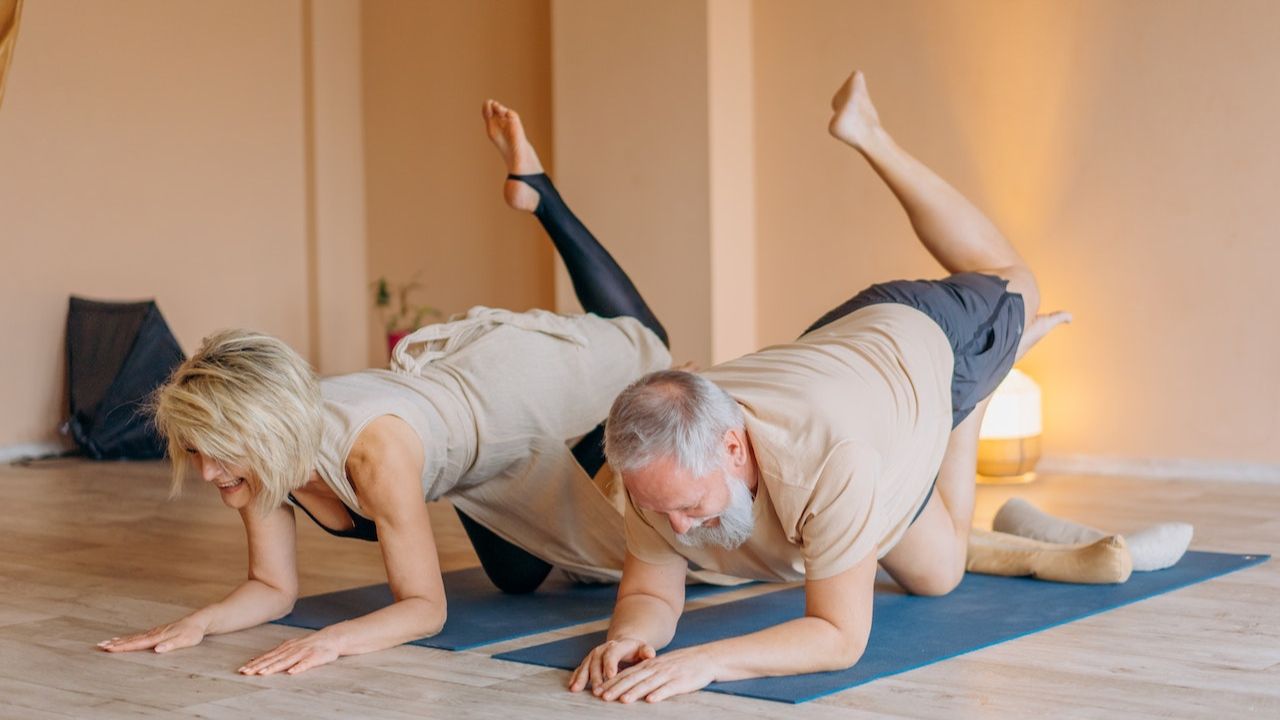
In the pursuit of maintaining independence and reducing the risk of falls, older adults can greatly benefit from incorporating proven methods for improving balance into their daily routines.
This article presents a comprehensive guide to ten evidence-based techniques, including strengthening exercises, mindfulness practices, and lifestyle modifications.
By following this age-defying routine, older adults can enhance their stability, confidence, and overall well-being, enabling them to continue enjoying a fulfilling and active lifestyle.
Strengthening Exercises
Strengthening exercises, undoubtedly, play a crucial role in enhancing muscle tone and overall physical fitness for older adults. As we age, our muscles tend to weaken, leading to a decline in strength and mobility. However, by incorporating resistance training into our exercise routine, we can counteract this natural process and maintain a strong and functional body.
Strengthening exercises involve using external resistance, such as dumbbells or resistance bands, to challenge our muscles and stimulate growth. These exercises specifically target the major muscle groups, including the arms, legs, back, and core, promoting stability and balance.
Stretching and Flexibility Training
Stretching and flexibility training are essential components of a well-rounded fitness routine, particularly for older adults. These exercises help improve joint mobility, increase range of motion, and reduce the risk of injuries.
Regular stretching can also enhance overall flexibility, making everyday activities easier and more comfortable.
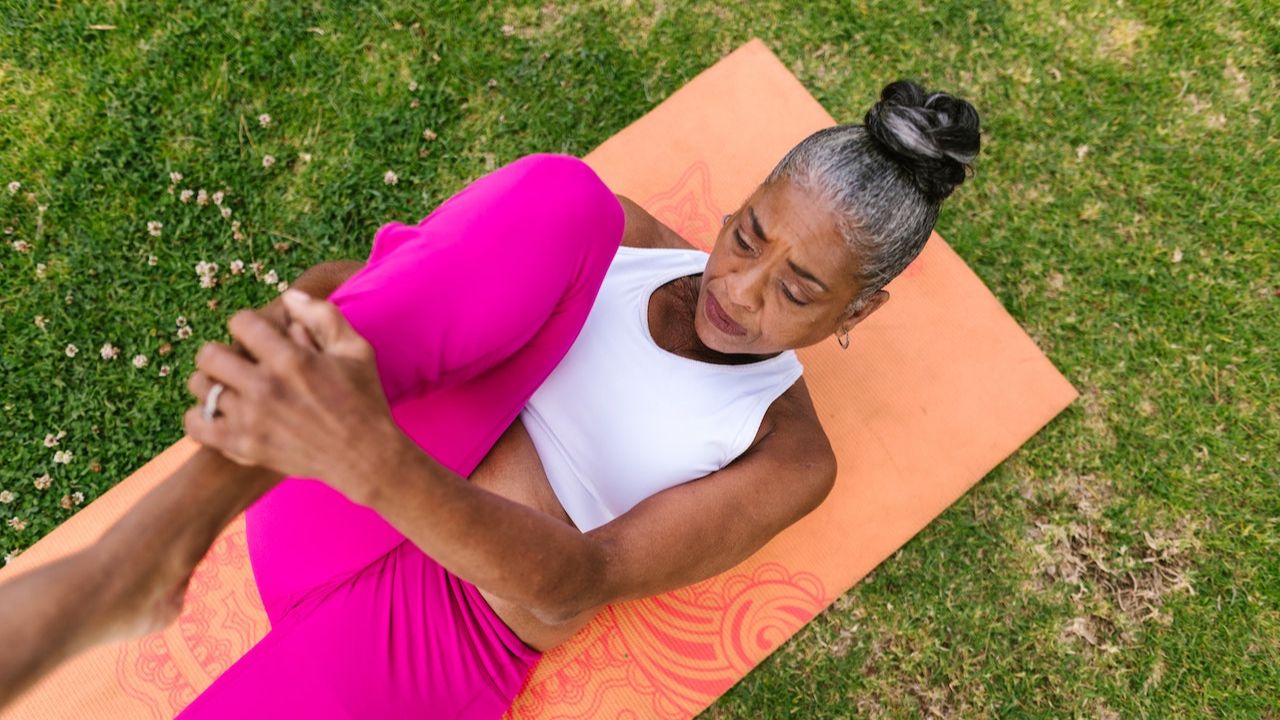
Benefits of Stretching
Enhancing flexibility through regular stretching has been linked to a multitude of advantages, including improved joint mobility and reduced risk of injury. In addition to these benefits, stretching also promotes improved circulation and reduced muscle tension.
By engaging in stretching exercises, individuals can increase blood flow to their muscles, which helps deliver oxygen and nutrients while removing waste products. This improved circulation can enhance overall physical performance and aid in the recovery process.
Furthermore, stretching can decrease muscle tension, which can lead to improved relaxation and a greater sense of freedom in movement. Whether it's through dynamic stretching before a workout or static stretching after, incorporating regular stretching into one's routine can have a positive impact on overall flexibility and well-being.
Flexibility Exercises for Seniors
To improve their flexibility and mobility, seniors can incorporate a variety of gentle exercises, such as chair yoga and Pilates, into their daily routines. Not only do these exercises promote flexibility, but they also play a crucial role in balance training and fall prevention.
As we age, our balance tends to deteriorate, making us more susceptible to falls and injuries. By engaging in regular balance training exercises, seniors can strengthen their core muscles and improve their overall stability. Exercises like standing on one leg or walking heel-to-toe can help to challenge and improve balance. Additionally, incorporating exercises that focus on leg strength, such as squats and lunges, can further enhance stability.
Tai Chi and Yoga
Tai Chi and Yoga are both ancient practices that offer numerous benefits for the mind and body. These gentle, low-impact exercises promote a strong mind-body connection, helping individuals improve their balance and coordination.
Mind-Body Connection Benefits
Engaging in mindful practices like yoga and tai chi can foster a deeper understanding of the mind-body connection, leading to numerous benefits for overall well-being. The practice of mindfulness has gained popularity in recent years, as people seek ways to reduce stress, improve focus, and enhance their overall mental and physical health.
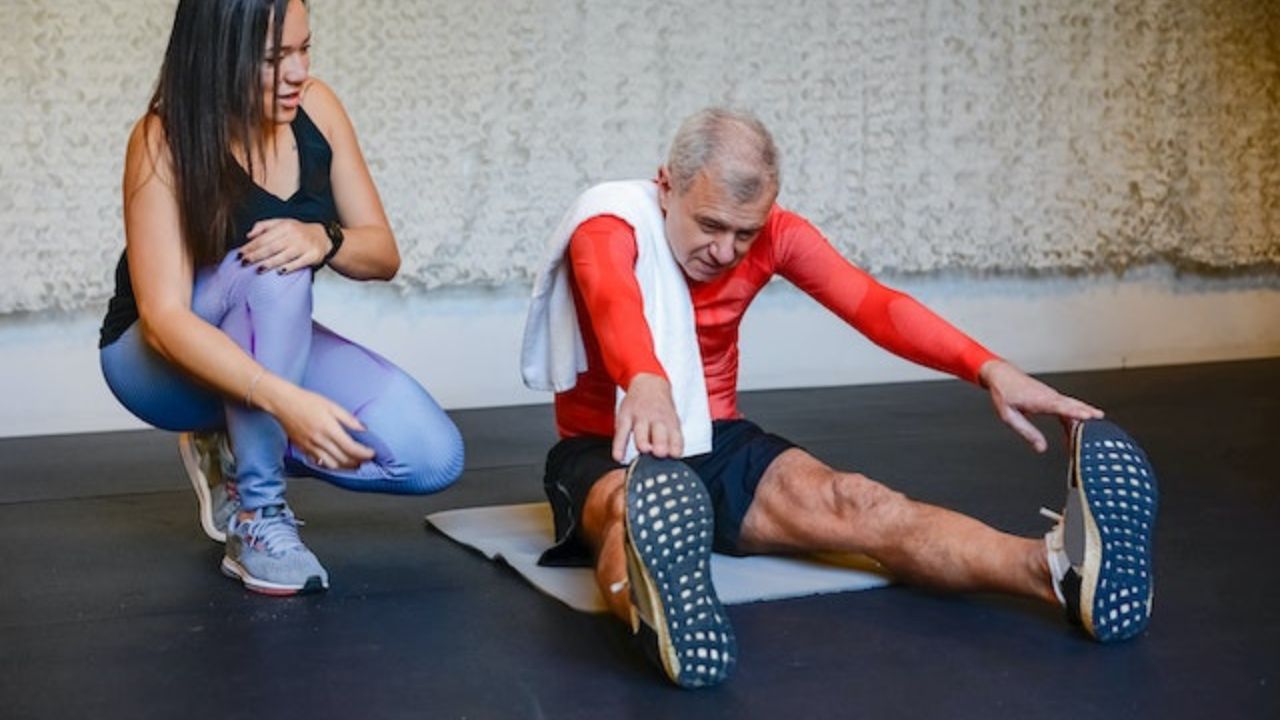
Here are three key benefits of incorporating mindfulness into your daily routine:
Stress Reduction: Mindfulness practices, such as meditation techniques, have been shown to reduce stress levels by promoting relaxation and increasing self-awareness. Regular mindfulness practice can help individuals better manage their emotions and respond to stressful situations with greater clarity and calmness.
Improved Mental Health: Mindfulness has been found to be effective in reducing symptoms of anxiety and depression, as it encourages individuals to observe their thoughts and feelings without judgment. This increased self-awareness can lead to a greater sense of well-being and improved mental health.
Enhanced Physical Health: Studies have shown that mindfulness practices can have a positive impact on physical health, including lower blood pressure, improved sleep quality, and reduced inflammation. By cultivating a mind-body connection, individuals can better listen to their bodies' needs and make choices that support their overall health and well-being.
Gentle Low-Impact Exercises
When practiced mindfully, gentle low-impact exercises like tai chi and yoga can effectively improve balance and flexibility in older adults, allowing them to maintain their overall physical well-being.
As we age, balance challenges become more prevalent and can significantly impact our daily lives. However, incorporating low-impact cardio exercises into our routines can help address these balance challenges and reduce the risk of falls.
Tai chi, a centuries-old Chinese martial art, focuses on slow, deliberate movements that promote balance, coordination, and flexibility. It combines gentle flowing movements with deep breathing and relaxation techniques, making it an ideal exercise for older adults.
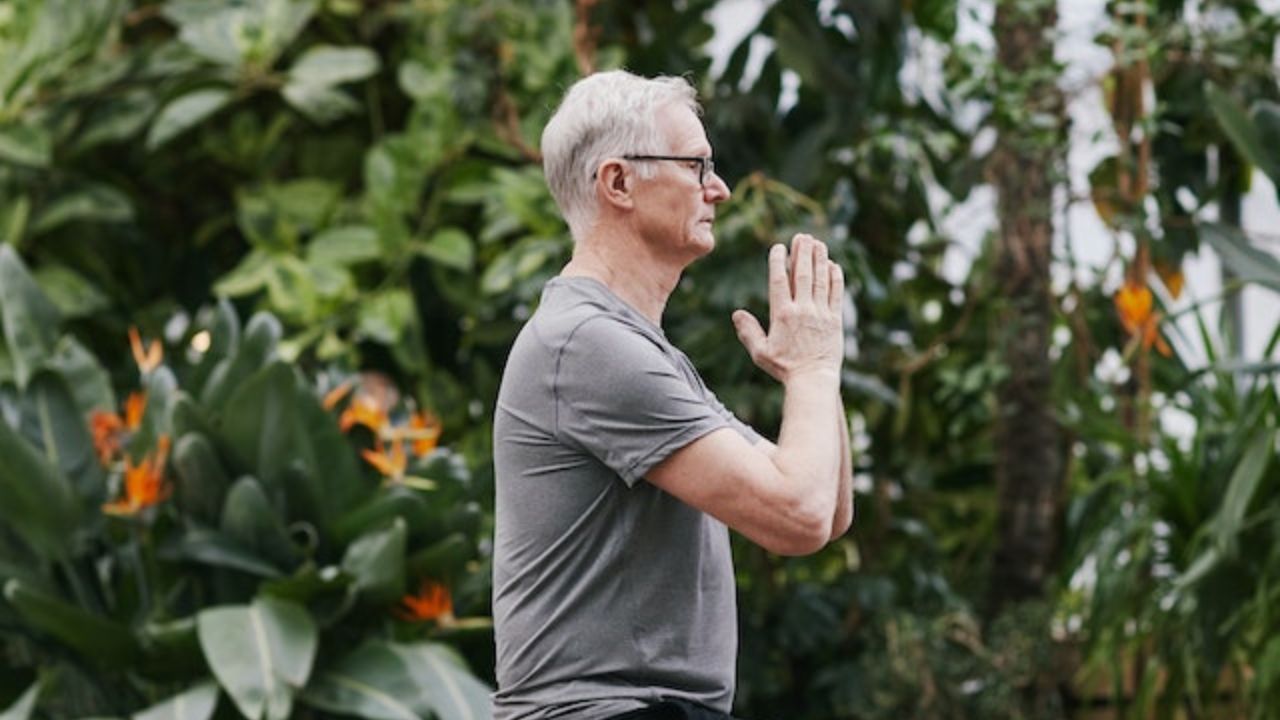
Similarly, yoga emphasizes flexibility, strength, and balance through a series of poses and controlled breathing.
Engaging in regular low-impact cardio exercises like tai chi and yoga not only promotes physical health but also enhances mental well-being. These exercises foster a mind-body connection, improving mindfulness and reducing stress.
Balance Training Equipment
To enhance stability and coordination, incorporating specialized equipment into a comprehensive training program can effectively address balance deficits in older adults. Balance training equipment provides a safe and controlled environment for older adults to improve their balance and reduce the risk of falls.
When using such equipment, it is important to take safety precautions to ensure the well-being of the participants. Here are three key safety precautions to consider:
Adequate supervision: Trained professionals should oversee the use of balance training equipment to ensure correct form and technique, as well as to provide assistance if needed.
Proper equipment setup: It is crucial to set up the equipment correctly and securely to avoid any accidents or injuries. This includes checking the stability of the equipment and ensuring it is appropriate for the individual's physical abilities.
Gradual progression: Older adults should start with basic exercises and gradually progress to more challenging ones. This gradual approach allows the body to adapt and build strength and stability over time.
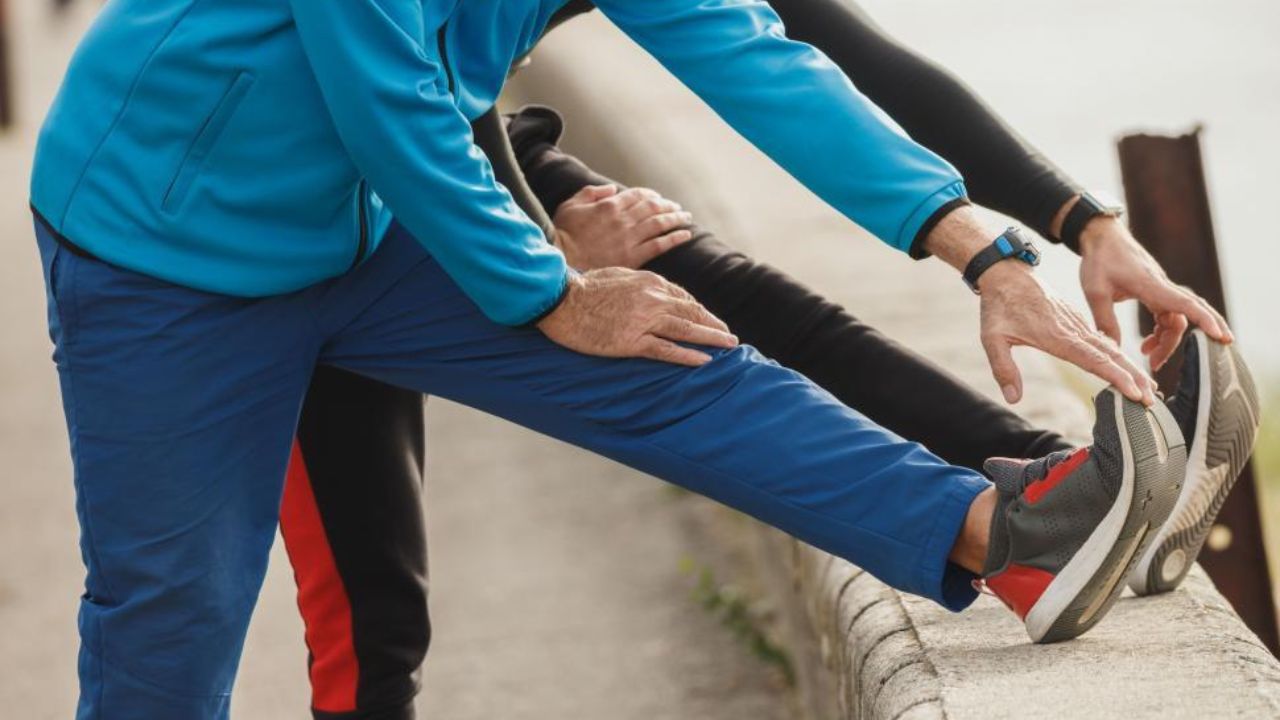
Posture Correction Techniques
Maintaining proper posture is essential for overall health and well-being.
Posture correction techniques focus on achieving optimal spinal alignment and strengthening core muscles to support the spine.
Optimal Spinal Alignment
While there are various techniques for achieving optimal spinal alignment, it is crucial to prioritize postural correction in order to prevent musculoskeletal imbalances and associated discomfort. By maintaining proper posture, individuals can reduce the risk of developing spinal abnormalities and alleviate existing pain.
Here are three key methods to improve spinal alignment:
Ergonomic adjustments: Ensure that workstations and seating arrangements are ergonomically designed to support the natural curvature of the spine. This includes using adjustable chairs, supportive cushions, and positioning computer monitors at eye level.
Core strengthening exercises: Engage in regular exercises that target the muscles surrounding the spine, such as planks, bridges, and bird dogs. Strengthening the core helps maintain proper alignment and stability.
Mindful movement and body awareness: Practice activities like yoga, Pilates, or tai chi that promote body awareness and encourage proper alignment. These disciplines focus on mindful movement, stretching, and strengthening, which can greatly improve spinal alignment.
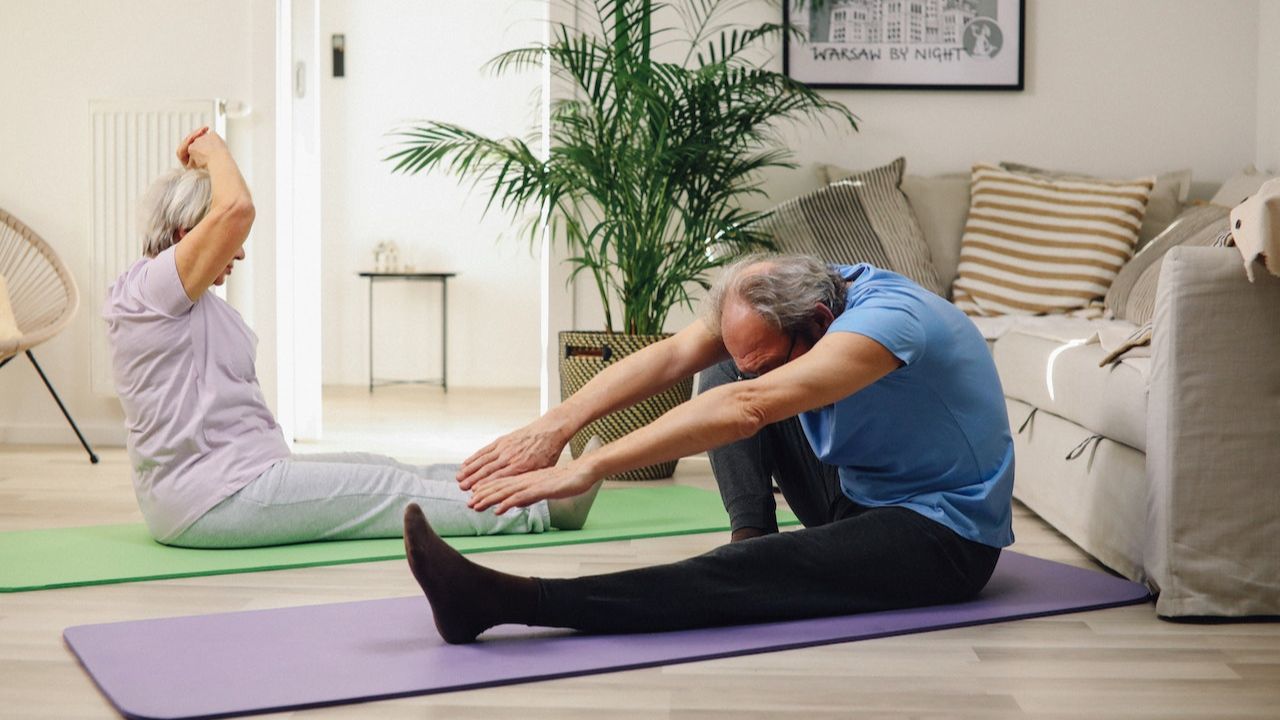
Strengthening Core Muscles
Implementing regular core strengthening exercises is essential for improving posture and preventing musculoskeletal imbalances. Core stability is crucial for maintaining a healthy and balanced body. It not only supports the spine and reduces the risk of injury, but it also enhances overall physical performance.
By engaging in a routine that focuses on core strength, individuals can experience improved balance and stability, which are vital for daily activities and mobility. Incorporating balance exercises into the core strengthening routine can further enhance stability and proprioception. These exercises challenge the body to maintain equilibrium, improving coordination and reducing the risk of falls.
Whether you are an athlete looking to enhance performance or an individual seeking to improve overall well-being, prioritizing core strengthening exercises and incorporating balance exercises can lead to improved posture and a stronger, more stable body.
Core and Stability Workouts
Incorporating regular core and stability workouts into your fitness routine can enhance overall strength and balance. These workouts target the muscles in your abdomen, lower back, and pelvis, which are crucial for maintaining stability and preventing injuries.
Here are three proven methods to strengthen your core and improve your stability:
Plank exercises: Planks engage multiple muscle groups in your core, including your abs, back, and glutes. Start with a modified plank on your knees and gradually progress to a full plank on your toes.
Balance exercises: Standing on one leg or using a balance board can help improve your stability. These exercises challenge your muscles to maintain balance, enhancing your overall coordination.
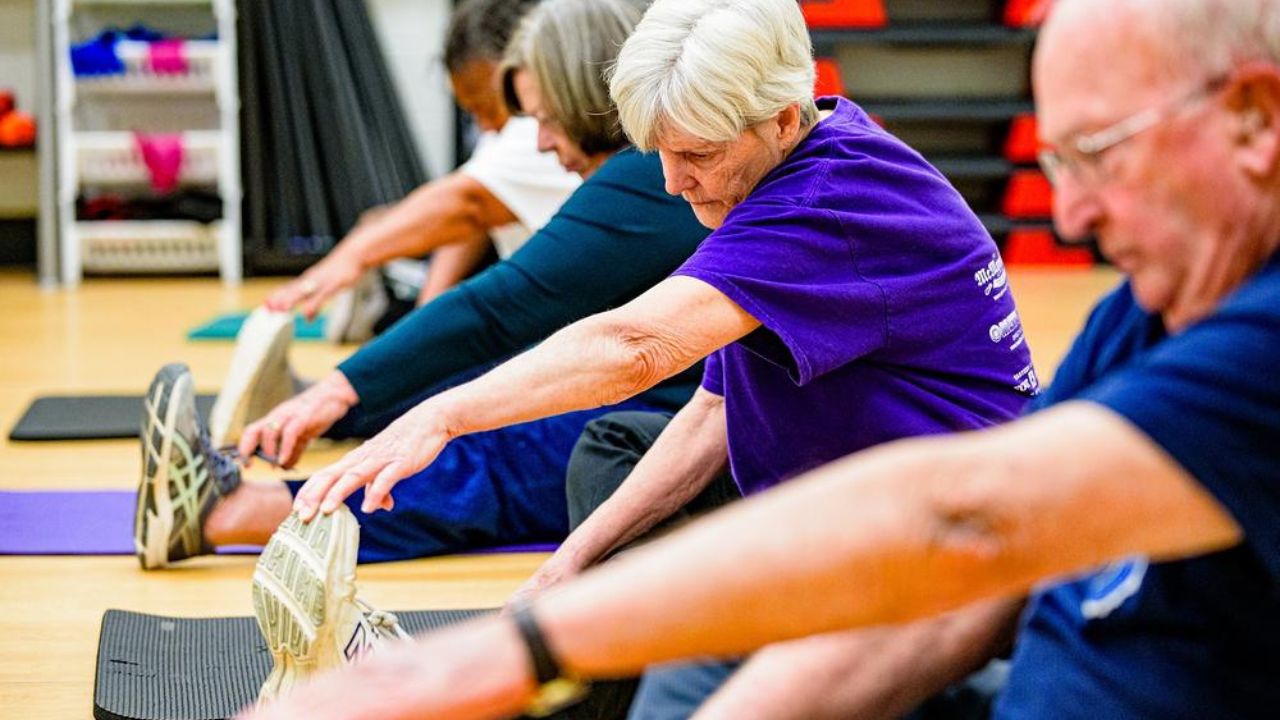
Pilates and yoga: Both of these practices incorporate core-strengthening exercises and emphasize proper alignment and stability. They can help improve your posture and flexibility, leading to better overall balance.
Walking and Gait Improvement
Regular practice of walking and implementing proper gait techniques can significantly enhance balance and stability in older adults. Gait analysis is an essential tool in identifying abnormalities in walking patterns and can aid in developing personalized intervention strategies.
By analyzing factors such as stride length, step width, and foot placement, healthcare professionals can identify specific areas of improvement to enhance gait efficiency and reduce the risk of falls.
Additionally, walking aids such as canes, walkers, or even simple modifications like wearing proper footwear can provide added support and improve stability during walking.
It is crucial to approach gait improvement with empathy and understanding, recognizing that each individual's journey towards better balance is unique.
Visual and Sensory Exercises
To enhance balance and sensory perception, healthcare professionals can guide older adults in engaging in visual exercises that involve tracking moving objects or focusing on specific points, allowing them to improve their visual coordination and overall stability. Visual and sensory exercises are an effective way to target the sensory systems responsible for maintaining balance.
By incorporating these exercises into their routine, older adults can reap the following benefits:
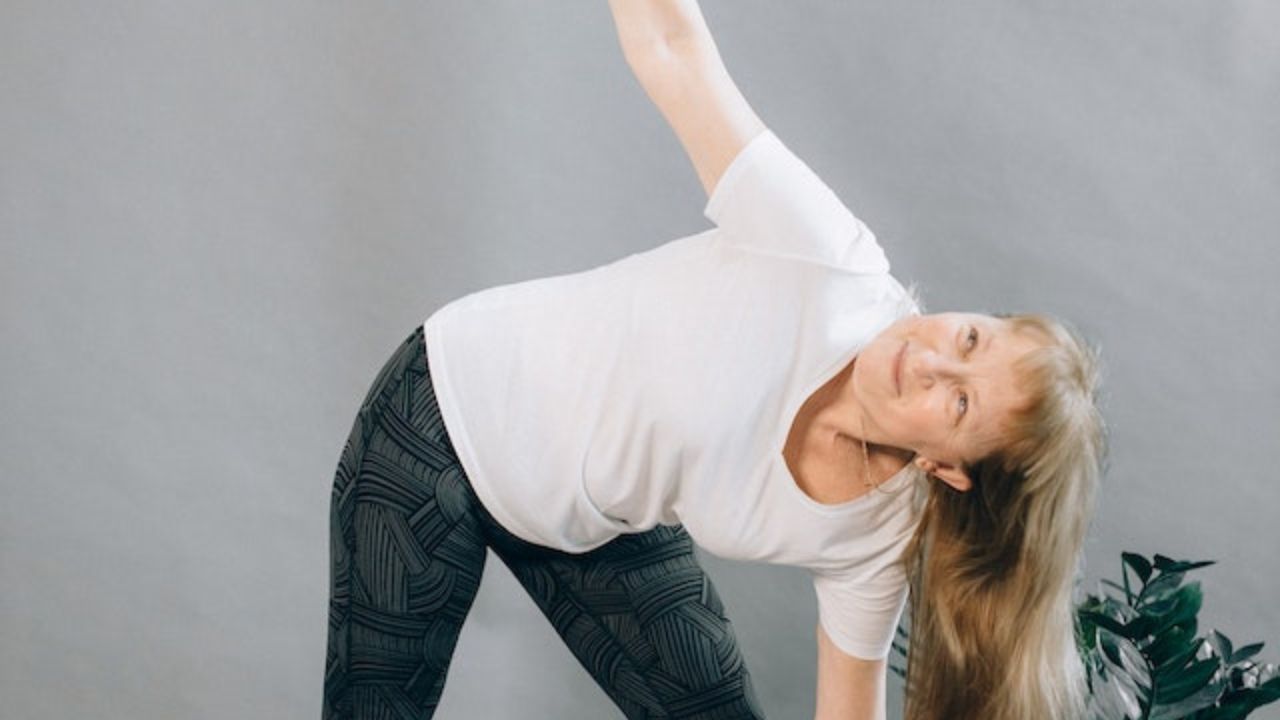
Improved focus: Visual exercises that require tracking moving objects or focusing on specific points can help older adults sharpen their focus and concentration abilities. This can have a positive impact on their overall cognitive function and attention span.
Enhanced coordination: Engaging in visual exercises that involve tracking moving objects can improve hand-eye coordination and fine motor skills. This can be particularly beneficial for older adults who may experience difficulties with coordination and dexterity.
Increased stability: Visual exercises that focus on specific points can help older adults improve their balance and stability. By training the visual system to better perceive depth and distance, individuals can reduce their risk of falls and improve their overall mobility.
Mindfulness and Meditation
During mindfulness and meditation sessions, individuals can cultivate a sense of present awareness by focusing on their breath and observing their thoughts without judgment. These practices have been shown to have numerous benefits for mental and physical well-being.
Mindfulness benefits include reduced stress, improved focus and attention, increased self-awareness, and enhanced emotional regulation. Meditation techniques, such as focused attention and loving-kindness meditation, can help individuals develop a greater sense of compassion and empathy towards themselves and others.
Regular practice of mindfulness and meditation can also contribute to better sleep, improved immune function, and reduced symptoms of anxiety and depression. By incorporating these practices into their daily lives, individuals can experience a greater sense of freedom and fulfillment, as they become more attuned to the present moment and develop a deeper understanding of themselves.
Lifestyle Modifications
Individuals can make meaningful lifestyle modifications to improve their overall well-being and promote a healthier and more balanced lifestyle. By incorporating mindful eating and practicing good sleep hygiene, individuals can achieve a greater sense of freedom in their lives. Here are three key lifestyle modifications that can contribute to overall well-being:
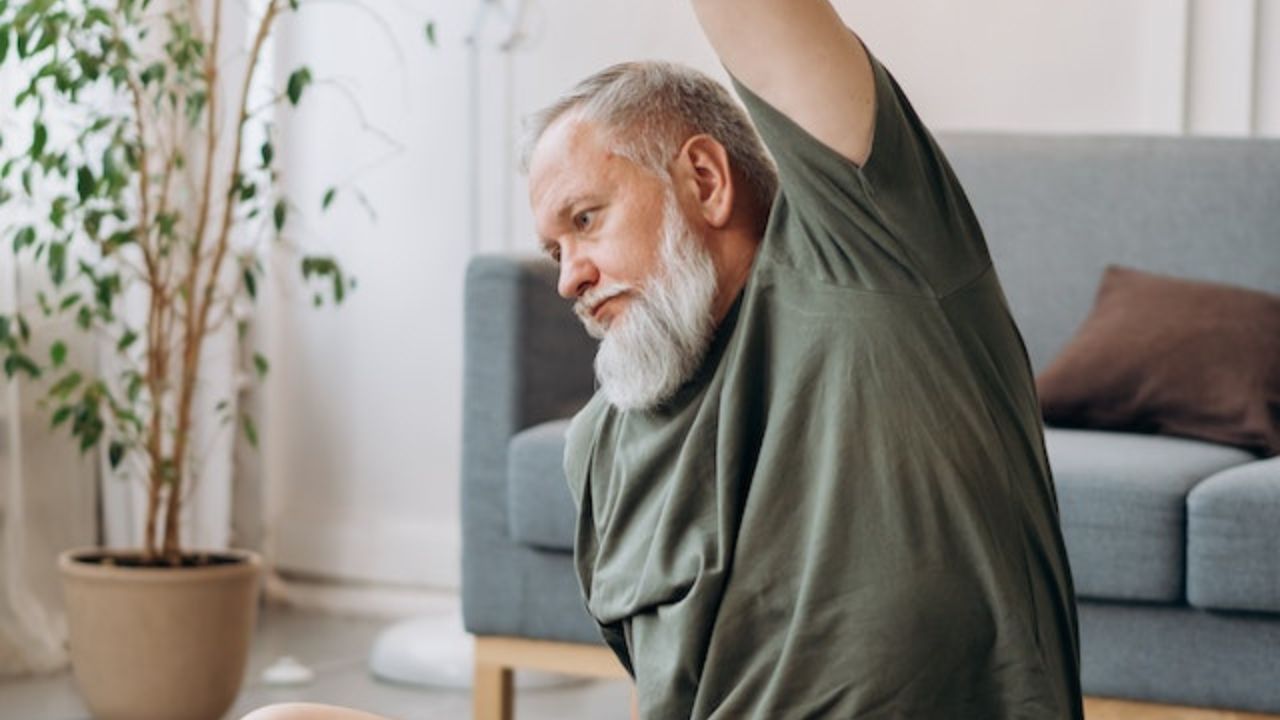
Mindful eating: Focus on the present moment while eating, paying attention to the taste, texture, and enjoyment of each bite. This can help individuals develop a healthier relationship with food and make more conscious choices about what they eat.
Sleep hygiene: Establish a consistent sleep routine, ensuring an adequate amount of sleep each night. Create a peaceful sleep environment by keeping the bedroom dark, quiet, and at a comfortable temperature. Avoid stimulating activities before bed, such as using electronic devices or consuming caffeine.
Regular exercise: Engage in regular physical activity, such as walking, swimming, or yoga. Exercise not only improves physical health but also boosts mood and reduces stress. Find activities that are enjoyable and sustainable to maintain a long-term commitment.
Frequently Asked Questions
What Are Some Common Lifestyle Modifications That Can Help Improve Balance for Older Adults?
Lifestyle modifications play a crucial role in improving balance for older adults. Incorporating fall prevention strategies such as regular exercise, maintaining a healthy diet, staying hydrated, and ensuring a safe living environment can significantly enhance balance and reduce the risk of falls.
Are There Any Specific Visual and Sensory Exercises That Can Aid in Improving Balance?
Visual tracking exercises and sensory integration activities can be beneficial in improving balance for older adults. These exercises help enhance coordination, spatial awareness, and reaction time, ultimately leading to better overall balance and stability.
How Can Mindfulness and Meditation Contribute to Better Balance in Older Adults?
Mindfulness and meditation can contribute to better balance in older adults by improving focus, body awareness, and reducing stress. Mindfulness benefits include increased stability and coordination, while meditation techniques promote relaxation and mental clarity, enhancing overall physical equilibrium.
Is There Any Specific Balance Training Equipment That Is Recommended for Older Adults?
Balance training equipment can be beneficial for older adults looking to improve their balance. Some recommended options include stability balls, balance boards, and resistance bands. These tools can be used in conjunction with balance exercises to enhance stability and reduce the risk of falls.
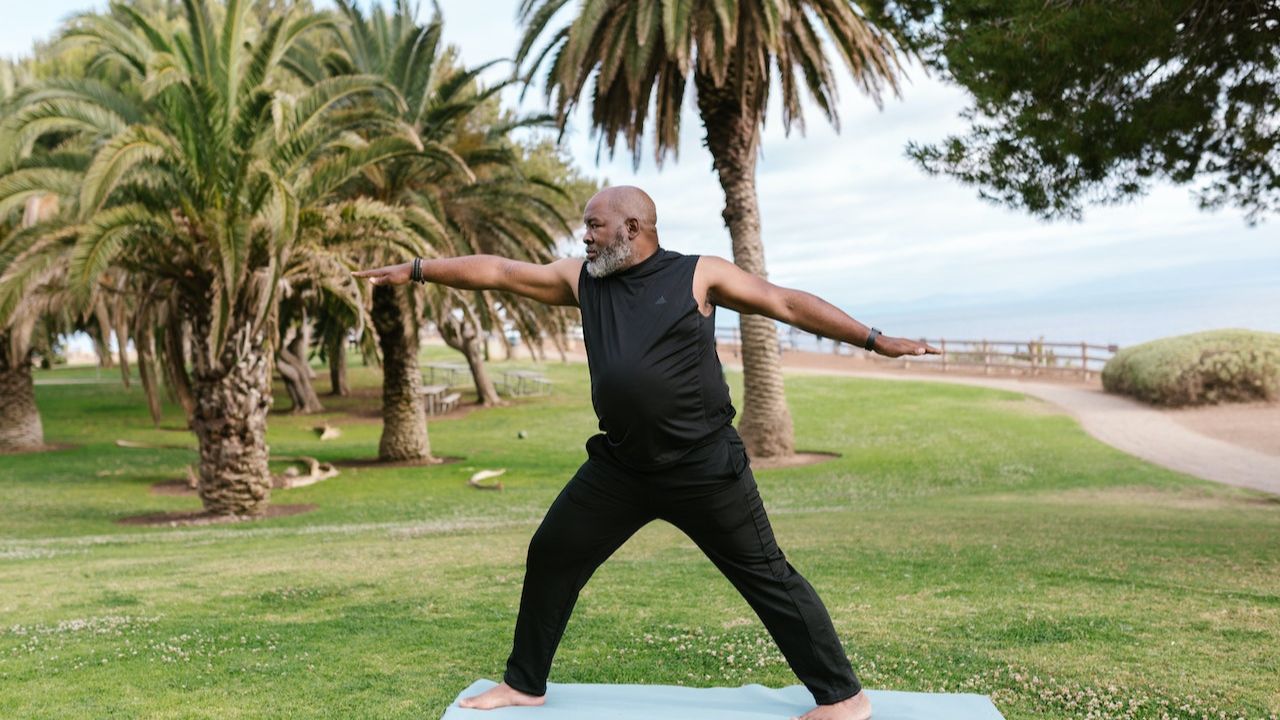
Can Core and Stability Workouts Help in Improving Balance for Older Adults?
Core strength exercises, such as stability workouts, can greatly improve balance for older adults. Regular physical activity is crucial for maintaining balance as we age. Incorporating these exercises into a routine can help older adults maintain their independence and reduce the risk of falls.
Conclusion
In conclusion, implementing a combination of strengthening exercises, stretching and flexibility training, balance training equipment, and posture correction techniques can greatly improve balance for older adults.
Additionally, practicing tai chi and yoga, engaging in visual and sensory exercises, and incorporating mindfulness and meditation can further enhance balance and overall well-being.
Making lifestyle modifications, such as walking and gait improvement, can also contribute to maintaining a strong sense of balance in older adults.
By adopting these age-defying methods, older adults can enhance their quality of life and reduce the risk of falls and injuries.
 Mobility trainingHome Fitness RecoverySports Injury PreventionPersonal Physical TherapyOrthopedic SolutionsPrivacy PolicyTerms And Conditions
Mobility trainingHome Fitness RecoverySports Injury PreventionPersonal Physical TherapyOrthopedic SolutionsPrivacy PolicyTerms And Conditions
